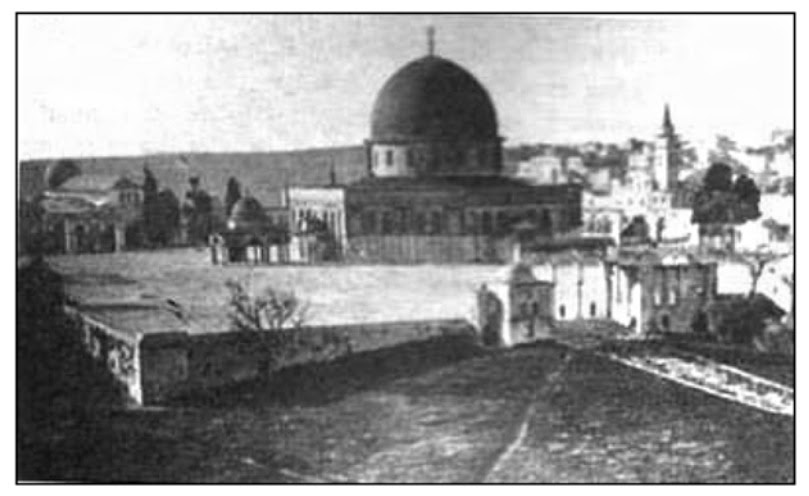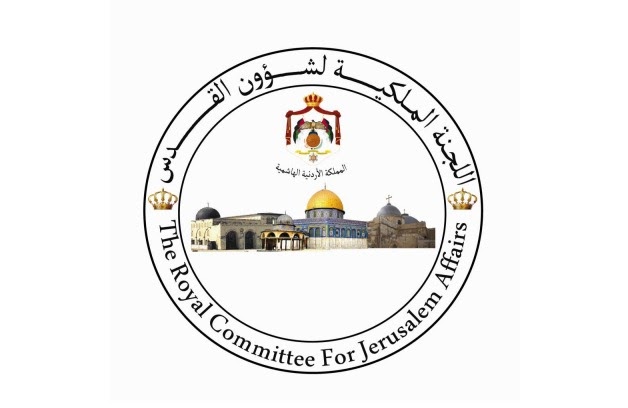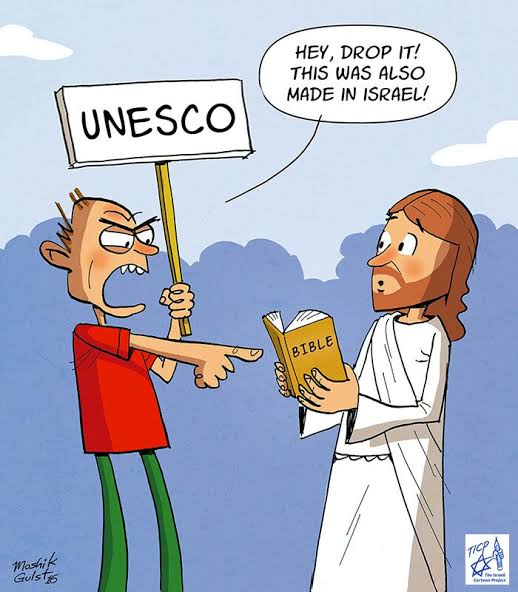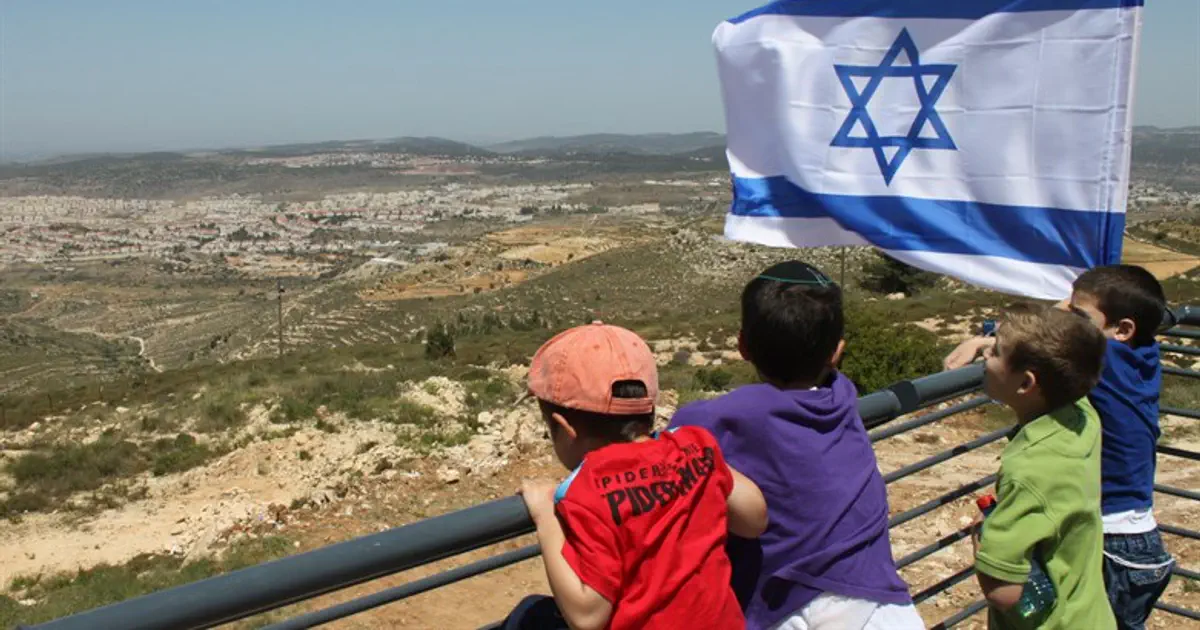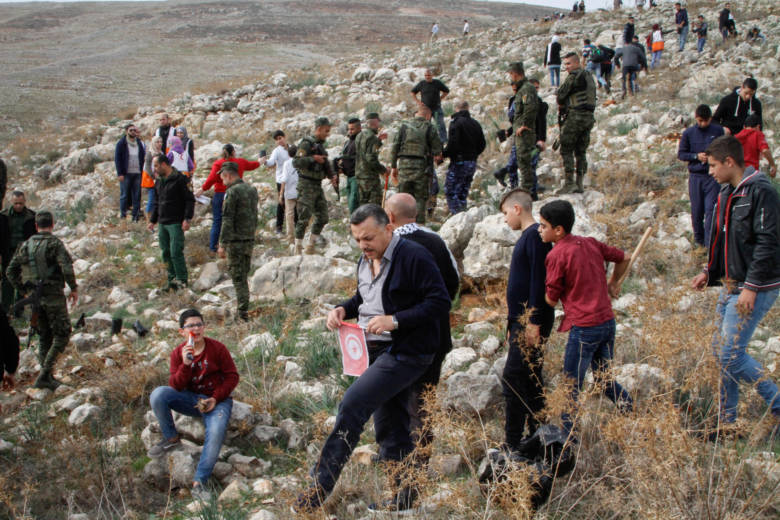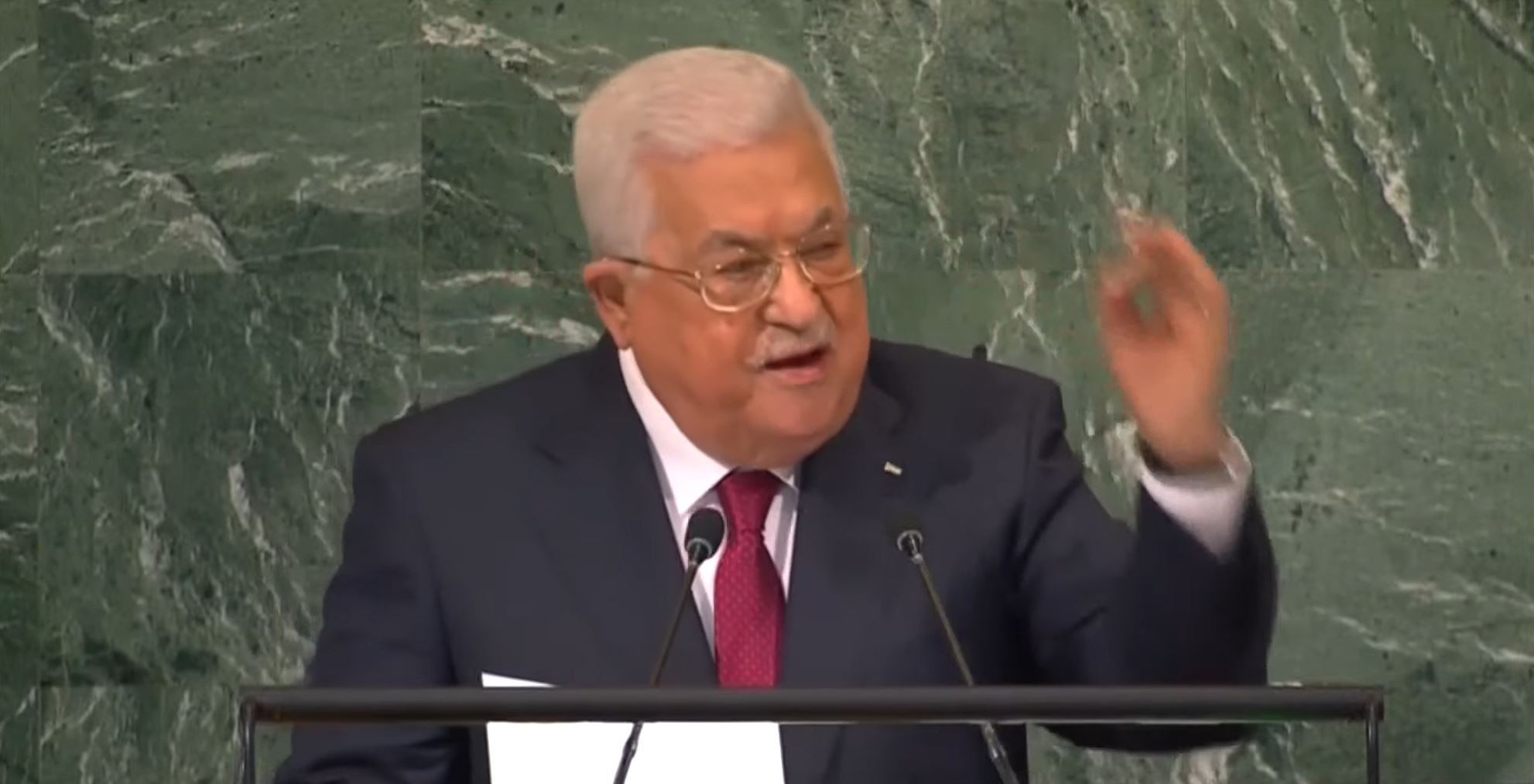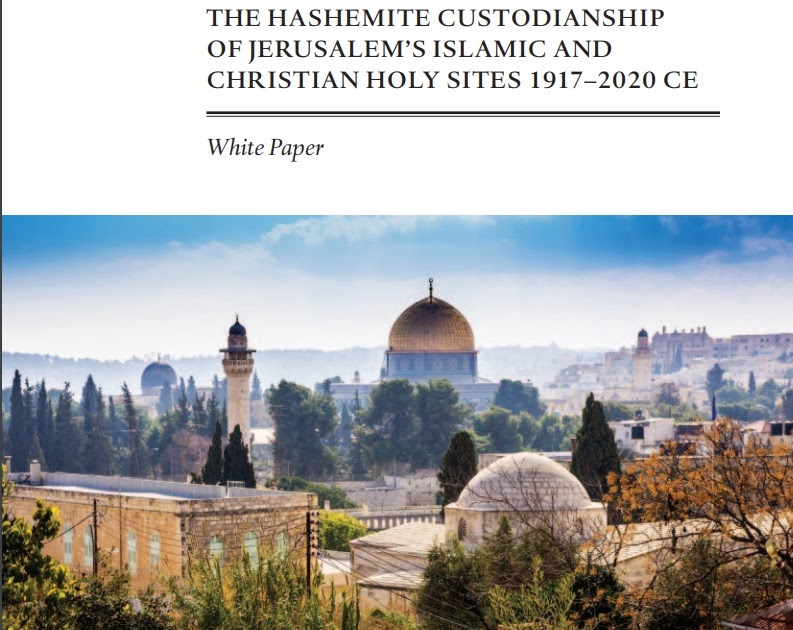Sixties Fan
Diamond Member
- Mar 6, 2017
- 68,309
- 12,281
- 2,290
- Thread starter
- #2,321
It was Mossad agent Shlomo Hillel who persuaded Dr Zvi Yehuda, 86, to gather the research material needed to debunk an enduring myth, that the Zionists planted bombs to cause the Jews of Iraq to flee to Israel. The result is a new book, Torments of Salvation (Hebrew). Y-net News reports:
For about a century, both Iraqi Jews and the world at large were cascaded with misinformation about how the Zionists who were busy building the State of Israel, and required them to make Aliya.
Evidence for this was bombing attacks on Iraqi synagogues and homes, in which several Jews were killed. Shortly after the attacks, a rumor began floating around that it was actually the Jews themselves who were responsible, supposedly terrorizing their own into leaving Iraq.
As a result, the Iraqi government began imprisoning and torturing Jews, exacting signed confessions and then executing the alleged culprits. Later on, Iraqi authorities would boast about their heroic exploit to uncover “the Zionist plot.”
In addition, they compelled some 105,000 Jews living in Iraq to sign a document saying they’re leaving Iraq of their own free will. The subtext was clear: It was the Zionists who made all the Jews make Aliyah, using underhanded means, and the Iraqi government was innocent.
One of the things that helped this lie get ingrained was the fact that many Jews failed to manage to construct a life for themselves in Israel, since the Zionists “imposed” the Aliyah on the Iraqi Jews, who they claimed were doing just fine living in Iraq.
“Both the radio and press in Iraq flooded the consciousness with this narrative,” Yehuda says. “After being translated worldwide, the propaganda became the accepted narrative of both the UN and the American State Department.”
Dr. Yehuda’s book is his personal indictment against the Iraqi authorities over their treatment of the Jewish people. His research shows the persecution of Jews began in the 1930s with the ascendance of Nuri al-Said to prime minister. He disliked Jews intensely and even said to Jerusalem’s Arab mayor at the time: “Jews are the source of evil. They’re spies and we need to get rid of them post haste.”
Words quickly became actions. Jewish property was vandalized and bombed, many were arrested, and anywhere between 200 to 1,000 Jews were murdered (This presumably refers to the Farhud of 1941 – ed) . It was a clear indication that the Nazi regime’s narrative about the Jewish people was taking hold of the minds across the continents.
The connection between Iraq and the Nazi regime also saw Fritz Grobba, a German diplomat active in Baghdad at the time, help Iraq spread anti-Jewish propaganda and secure weapons to that effect. “The Iraqis admired both him and Hitler,” says Yehuda. “The Nazis encouraged that connection and even played gracious hosts to Iraqi officials.”
It wasn’t just the Nazis who made Iraq hate the Jews. Being Hashemites, they dreamed of a massive territorial expansion to accommodate the oncoming Caliphate, which was supposed to include modern-day Israel. They asked the Jews in Iraq to sign a document saying they support the initiative, and holdouts were marked as enemies of the state. Even more bizarrely, Iraq was afraid Israel would become so strong that they would annex Iraq into its “Zionist empire.”
With religious, material and financial persecution raging all over Iraq, the 1950s saw a substantial influx of Jewish immigrants making their way to Israel to avoid the hostility and build a new life.
Yehuda says documents he has collected show how the truth was subverted at the time. “One of the Jews who was hanged in the 1950s had admitted that the Zionists were the ones who made him raid Jewish property, but documents show that the only reason he admitted to it was because he was promised smooth passage overseas. (This presumably refers to the two bombings of June 1951, which damaged the Lawi automobile company and the Stanley Shashoua car showroom, but did not cause casualties – ed).
“There’s also evidence that the Arab inmates made fun of his naiveté, agreeing to a deal that wasn’t worth the paper it was printed on. After they got the signature they needed from him, he was executed.”
Other evidence collected shows that the freshly-minted State of Israel made little-to-no-effort to help Jews residing in Babylonian-Iraq at the time. (It is not clear to what the reporter is referring to – ed). It wasn’t until later, when Prime Minister Ben-Gurion assigned a special committee to investigate the issue, that the matter came to light. It was established that it was Iraqi officials who threw explosives at Iraqi synagogues, not Zionists supposedly trying to force Iraqi Jews to make Aliyah.
But, things then took a weird turn. An Iraqi Jew who served prison time in Iraq (Yehuda Tager implicated Yosef Ben-Halahmi) told Ben-Gurion that he heard that it was the Jews who vandalized their own property. As unbelievable as it sounds, Israel’s first premier believed him over his own committee. He then decided to stay out of the events unfolding in Iraq.
In 2014, the Knesset passed a law that November 30 would commemorate the expulsion of Iraqi Jews, and their torture and imprisonment by Iraqi authorities. (November 30 commemorates the departure and exodus of Jews from all Arab countries and Iran – not just Iraq – ed)
Can your research have future implications?
“Absolutely. Plenty of Jewish historical sites were ruined and rebuilt (sic). They keep talking about the Palestinian Right of Return. What about the Right of Return for Jews forced out of Iraq?”(Rather than call for a right of return for Jews to Iraq, Dr Yehuda ought to have talked of a permanent exchange of refugee populations, with no refugees allowed to return – ed).

 www.jewishrefugees.org.uk
www.jewishrefugees.org.uk
For about a century, both Iraqi Jews and the world at large were cascaded with misinformation about how the Zionists who were busy building the State of Israel, and required them to make Aliya.
Evidence for this was bombing attacks on Iraqi synagogues and homes, in which several Jews were killed. Shortly after the attacks, a rumor began floating around that it was actually the Jews themselves who were responsible, supposedly terrorizing their own into leaving Iraq.
As a result, the Iraqi government began imprisoning and torturing Jews, exacting signed confessions and then executing the alleged culprits. Later on, Iraqi authorities would boast about their heroic exploit to uncover “the Zionist plot.”
In addition, they compelled some 105,000 Jews living in Iraq to sign a document saying they’re leaving Iraq of their own free will. The subtext was clear: It was the Zionists who made all the Jews make Aliyah, using underhanded means, and the Iraqi government was innocent.
One of the things that helped this lie get ingrained was the fact that many Jews failed to manage to construct a life for themselves in Israel, since the Zionists “imposed” the Aliyah on the Iraqi Jews, who they claimed were doing just fine living in Iraq.
“Both the radio and press in Iraq flooded the consciousness with this narrative,” Yehuda says. “After being translated worldwide, the propaganda became the accepted narrative of both the UN and the American State Department.”
Dr. Yehuda’s book is his personal indictment against the Iraqi authorities over their treatment of the Jewish people. His research shows the persecution of Jews began in the 1930s with the ascendance of Nuri al-Said to prime minister. He disliked Jews intensely and even said to Jerusalem’s Arab mayor at the time: “Jews are the source of evil. They’re spies and we need to get rid of them post haste.”
Words quickly became actions. Jewish property was vandalized and bombed, many were arrested, and anywhere between 200 to 1,000 Jews were murdered (This presumably refers to the Farhud of 1941 – ed) . It was a clear indication that the Nazi regime’s narrative about the Jewish people was taking hold of the minds across the continents.
The connection between Iraq and the Nazi regime also saw Fritz Grobba, a German diplomat active in Baghdad at the time, help Iraq spread anti-Jewish propaganda and secure weapons to that effect. “The Iraqis admired both him and Hitler,” says Yehuda. “The Nazis encouraged that connection and even played gracious hosts to Iraqi officials.”
It wasn’t just the Nazis who made Iraq hate the Jews. Being Hashemites, they dreamed of a massive territorial expansion to accommodate the oncoming Caliphate, which was supposed to include modern-day Israel. They asked the Jews in Iraq to sign a document saying they support the initiative, and holdouts were marked as enemies of the state. Even more bizarrely, Iraq was afraid Israel would become so strong that they would annex Iraq into its “Zionist empire.”
With religious, material and financial persecution raging all over Iraq, the 1950s saw a substantial influx of Jewish immigrants making their way to Israel to avoid the hostility and build a new life.
Yehuda says documents he has collected show how the truth was subverted at the time. “One of the Jews who was hanged in the 1950s had admitted that the Zionists were the ones who made him raid Jewish property, but documents show that the only reason he admitted to it was because he was promised smooth passage overseas. (This presumably refers to the two bombings of June 1951, which damaged the Lawi automobile company and the Stanley Shashoua car showroom, but did not cause casualties – ed).
“There’s also evidence that the Arab inmates made fun of his naiveté, agreeing to a deal that wasn’t worth the paper it was printed on. After they got the signature they needed from him, he was executed.”
Other evidence collected shows that the freshly-minted State of Israel made little-to-no-effort to help Jews residing in Babylonian-Iraq at the time. (It is not clear to what the reporter is referring to – ed). It wasn’t until later, when Prime Minister Ben-Gurion assigned a special committee to investigate the issue, that the matter came to light. It was established that it was Iraqi officials who threw explosives at Iraqi synagogues, not Zionists supposedly trying to force Iraqi Jews to make Aliyah.
But, things then took a weird turn. An Iraqi Jew who served prison time in Iraq (Yehuda Tager implicated Yosef Ben-Halahmi) told Ben-Gurion that he heard that it was the Jews who vandalized their own property. As unbelievable as it sounds, Israel’s first premier believed him over his own committee. He then decided to stay out of the events unfolding in Iraq.
In 2014, the Knesset passed a law that November 30 would commemorate the expulsion of Iraqi Jews, and their torture and imprisonment by Iraqi authorities. (November 30 commemorates the departure and exodus of Jews from all Arab countries and Iran – not just Iraq – ed)
Can your research have future implications?
“Absolutely. Plenty of Jewish historical sites were ruined and rebuilt (sic). They keep talking about the Palestinian Right of Return. What about the Right of Return for Jews forced out of Iraq?”(Rather than call for a right of return for Jews to Iraq, Dr Yehuda ought to have talked of a permanent exchange of refugee populations, with no refugees allowed to return – ed).

New book debunks myth that 'Zionist plot' made Jews leave Iraq • Point of No Return
It was Mossad agent Shlomo Hillel who persuaded Dr Zvi Yehuda, 86, to gather the research material needed to debunk an enduring myth, that the Zionists planted bombs to cause the Jews of Iraq to flee to Israel. The result is a new book, Torments of Salvation (Hebrew). Y-net News reports: For...
